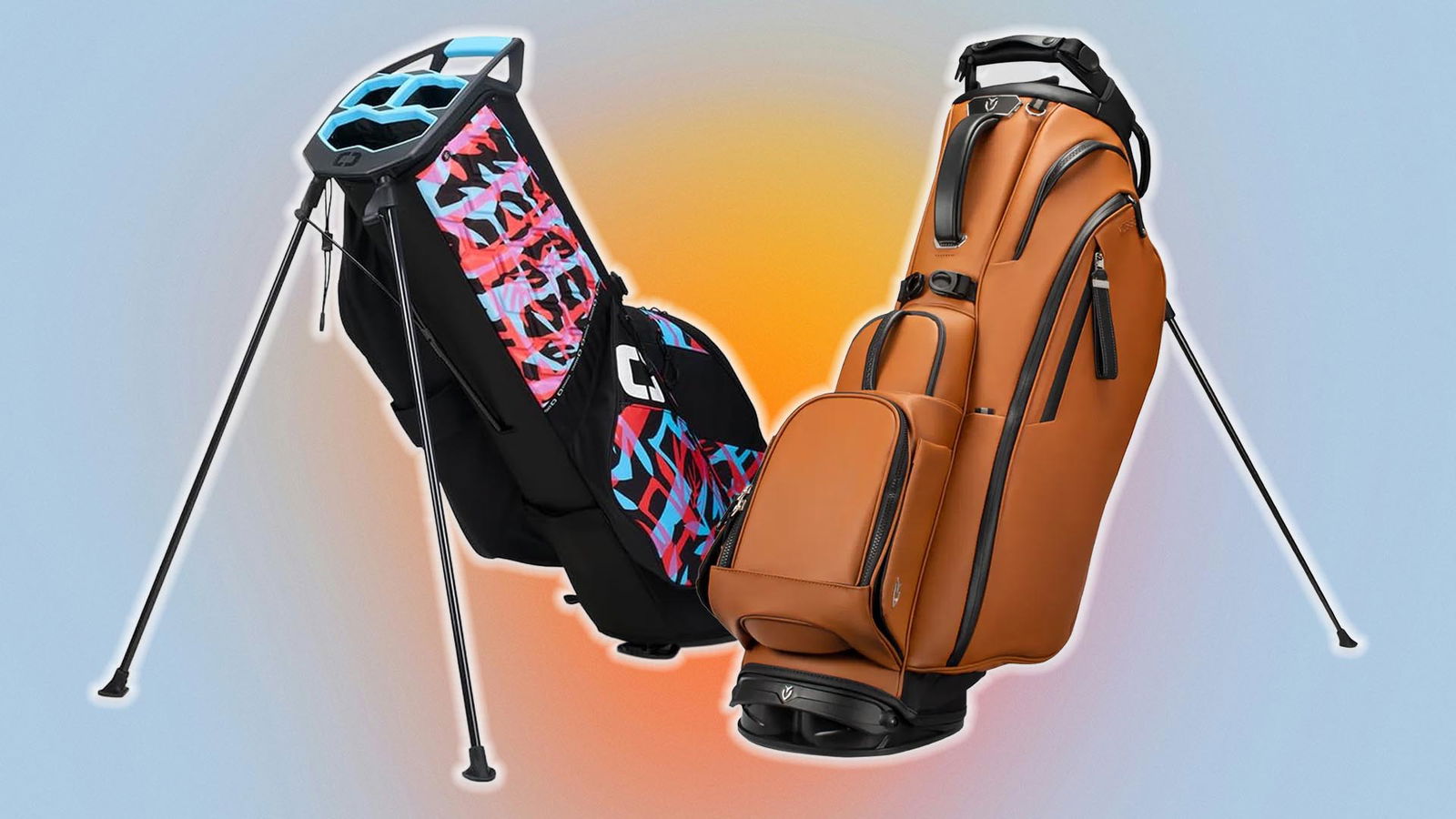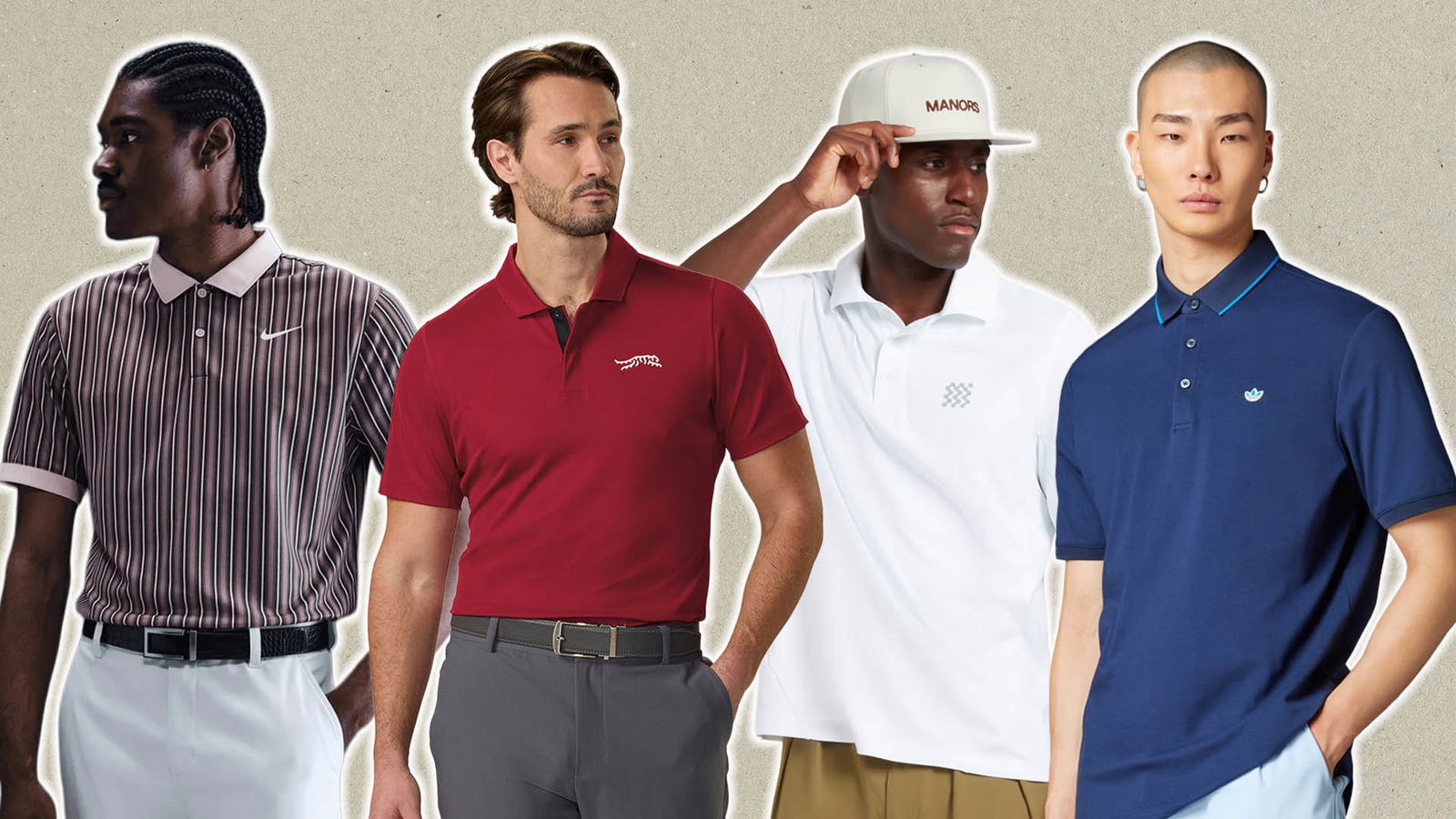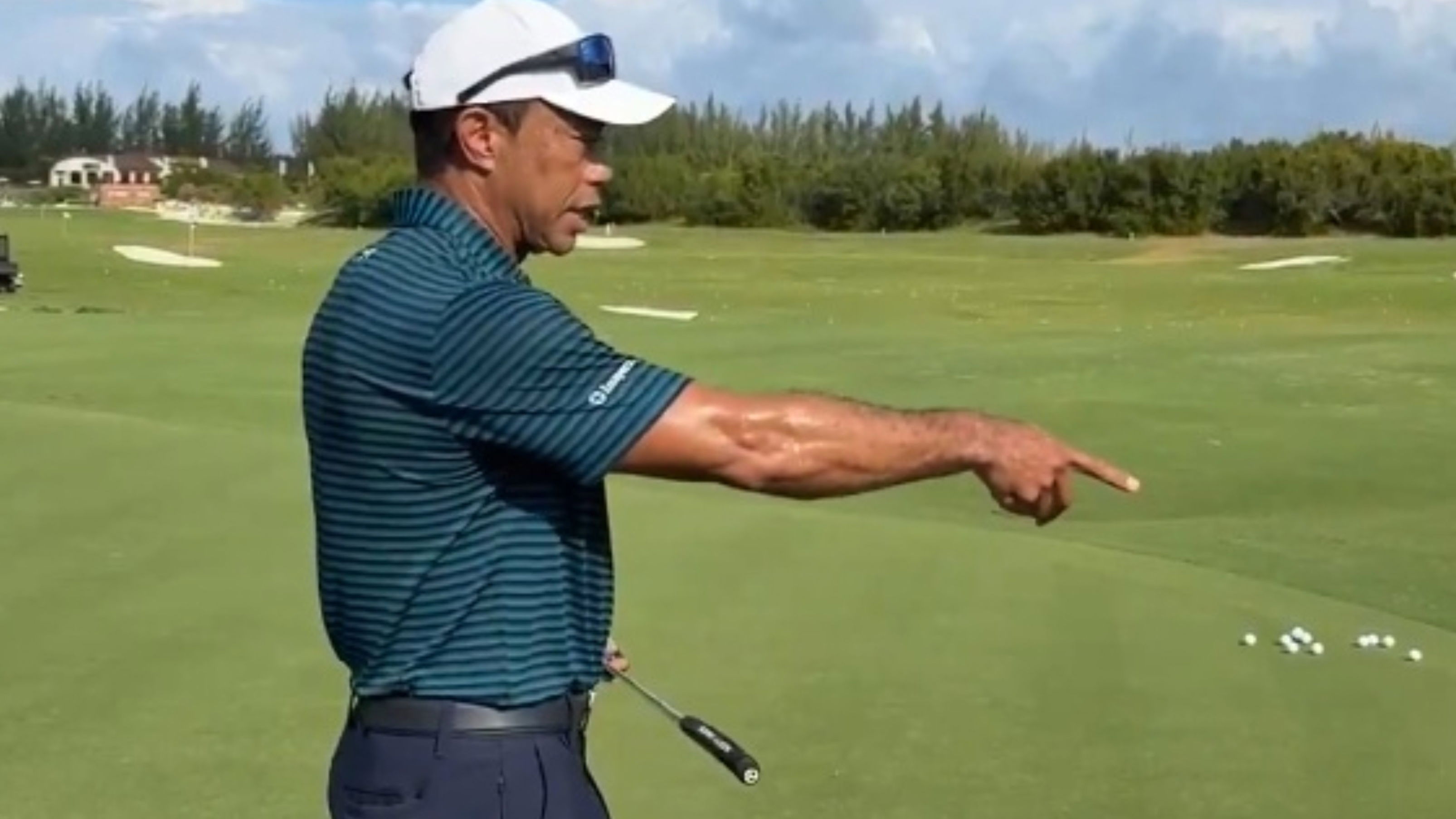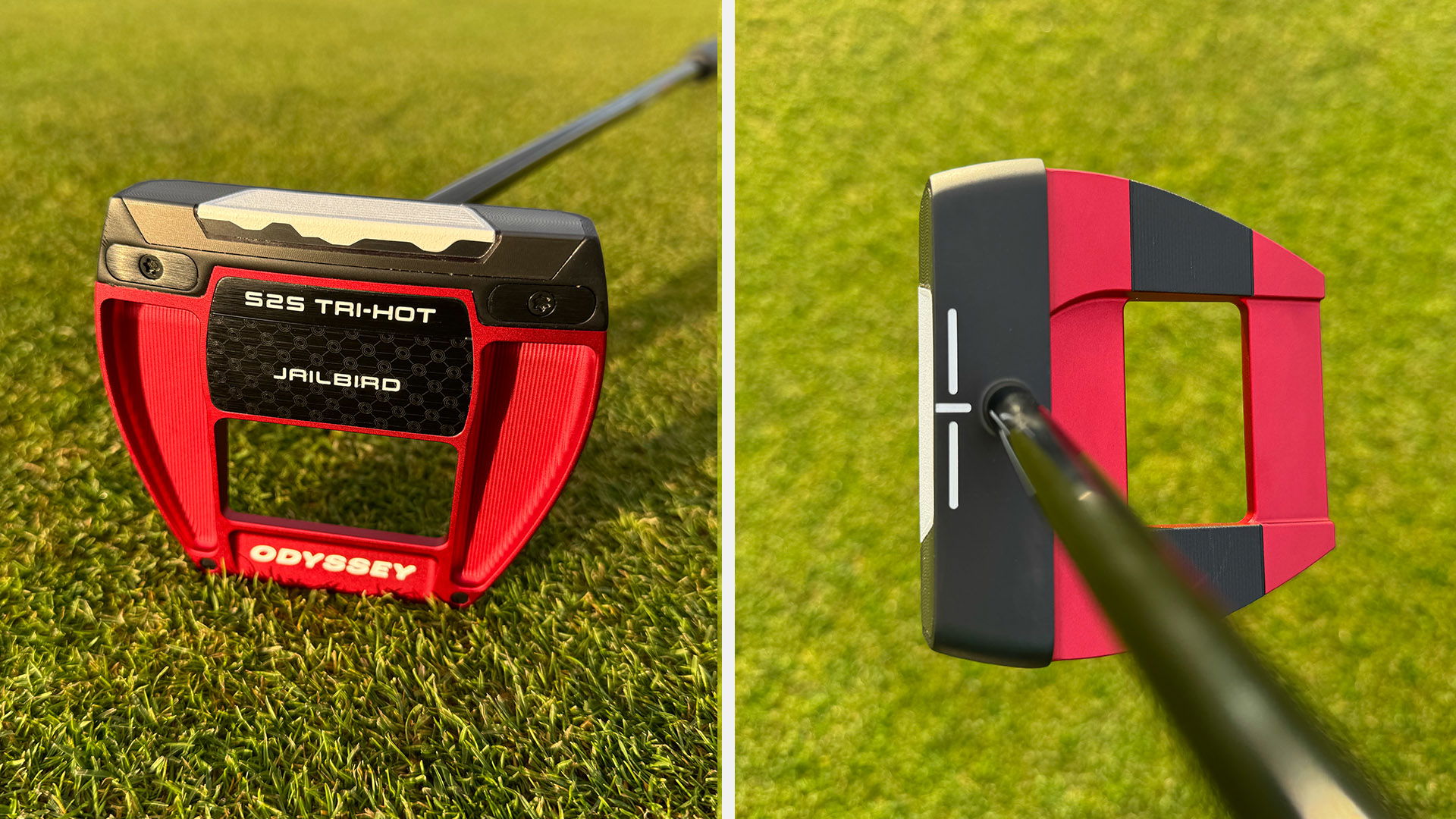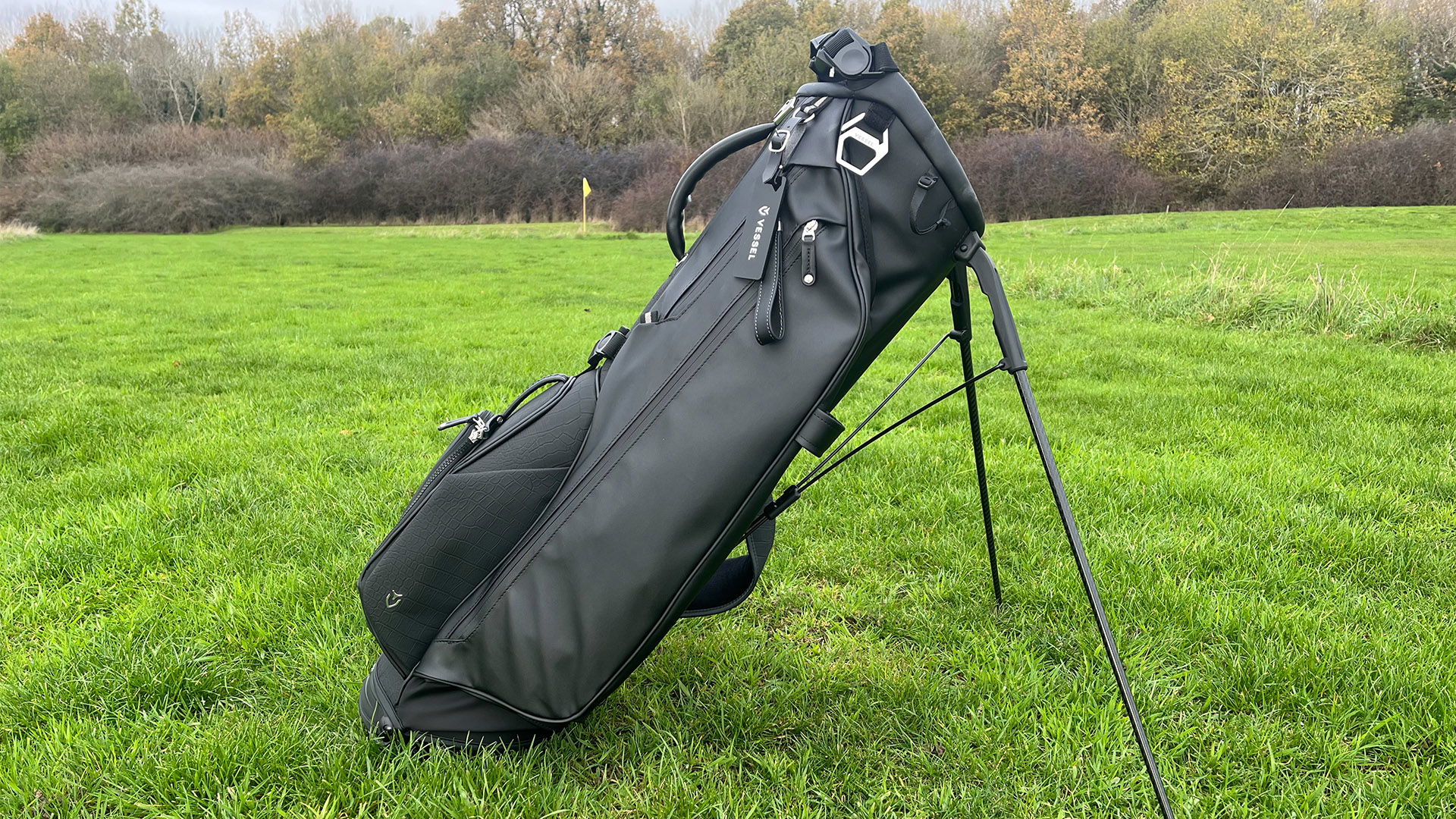Best Golf Balls 2025: Find the right match for every skill level and budget
GolfMagic tests out all the best golf balls on the market to find out which ones you should choose this season.

With golf ball technology having come in leaps and bounds over the last decade, finding the perfect golf ball to suit your game is a far trickier task than it once was.
Balls now come in a huge range of different types, indistinguishable to the naked eye but varying wildly in price and performance. Some feel soft and fly far, some feel firmer and put more of an emphasis on control. Once you factor in things like launch and spin, nailing down the model that best suits your swing can be surprisingly tricky. But that's where we come in.
The GolfMagic editorial team has sought out the best golf balls from all of the biggest brands this season and put them to the test.
From Titleist's iconic Pro V1 to newer challengers like TaylorMade's TP5 and Callaway's Chrome Tour, we've tested dozens of moels to find out which ones perform best in a series of different categories.
Put through their paces both on the course and in the studio with a launch monitor, we've tested each golf ball in a broad variety of conditions to ensure our process is fair and without bias.
You can watch our latest test here:
Whether you want to use the same ball as Scottie Scheffler or Nelly Korda, we've tested them all to give you all the info you need to make your next purchase.
From Tour level performance to the best balls for beginners, there is something for everyone on this list. For higher-handicappers however, we've also put together a comprehensive guide to the best beginner golf balls that can be had on a budget.
So without further ado, let's get stuck in—starting with what we consider to be the best overall golf ball on the market.
The best golf ball for 2025
GolfMagic may receive a small advertising or affiliate commission if you buy via our links. Pricing may vary.
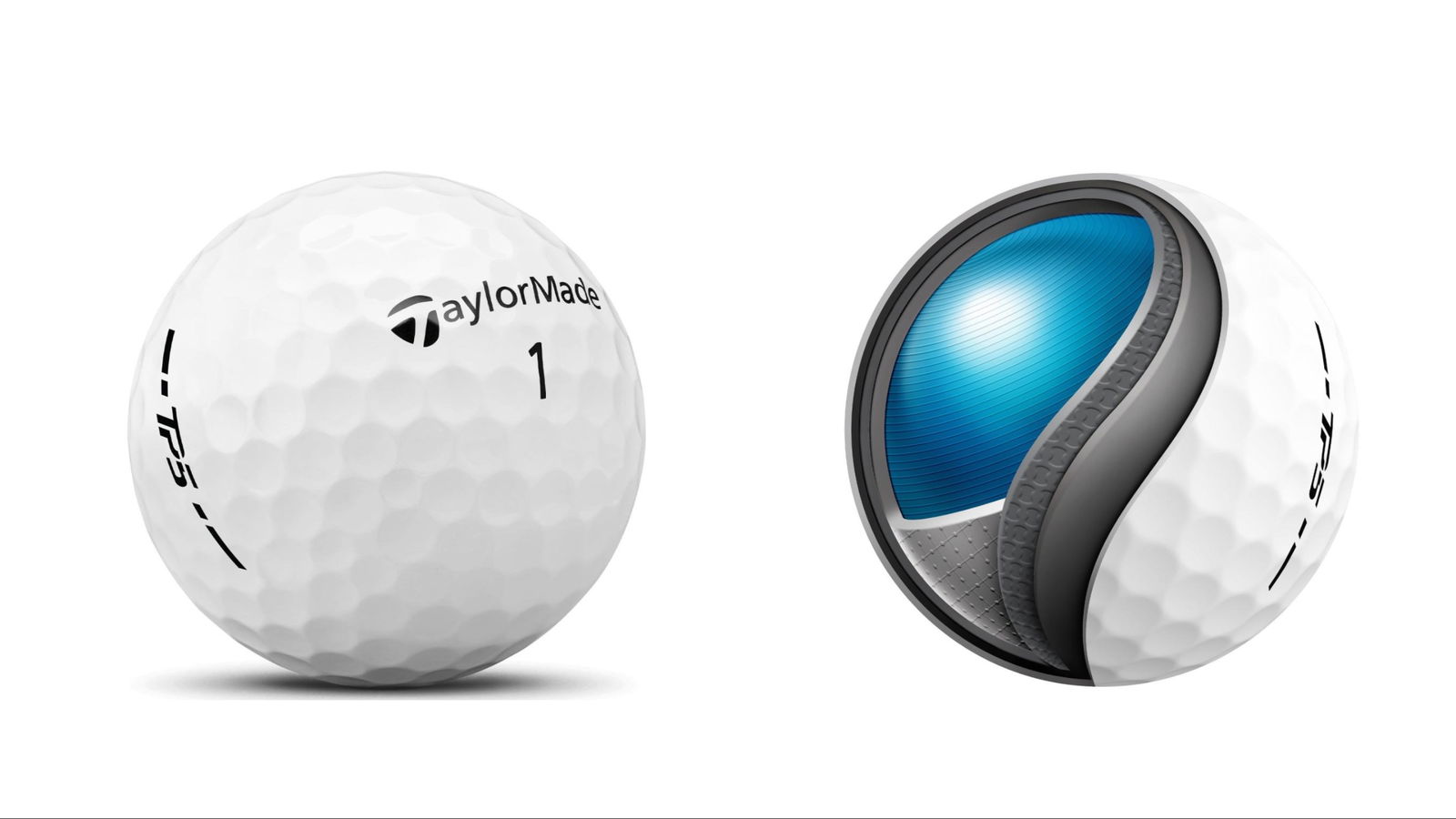
TaylorMade TP5/TP5X
Price: £44.99
Construction: Five-piece
The TP5 balls from TaylorMade are the only 5-piece balls on the market and the brand’s premium offering. Trusted by Collin Morikawa, the TP5 delivers top-tier performance, with impressive distance and workability.
Its unique 5-piece construction maximises ball speed without compromising spin or feel. The Tri-Fast core enhances carry and reduces drag, while the Dual-Spin cover provides a soft feel and durability. The base model TP5 delivers a higher launch, more iron spin and a softer feel, while the TP5x is more penetrating, longer and firmer for those in the pursuit of outright speed.
In testing, both TP5 and TP5x excelled, making them an outstanding choice for golfers seeking top performance from tee to green. They also come in a range of attractive and effective alignment options, with the TP5 Pix a favourite of Tommy Fleetwood and the TP5 stripe another option for those who want more clarity on their putts.
Slightly cheaper than its main rival, it came out as the clear winner in GolfMagic's 2025 ball test.
READ OUR FULL TAYLORMADE TP5/TP5x REVIEW
The Best Golf Balls for Low Handicappers
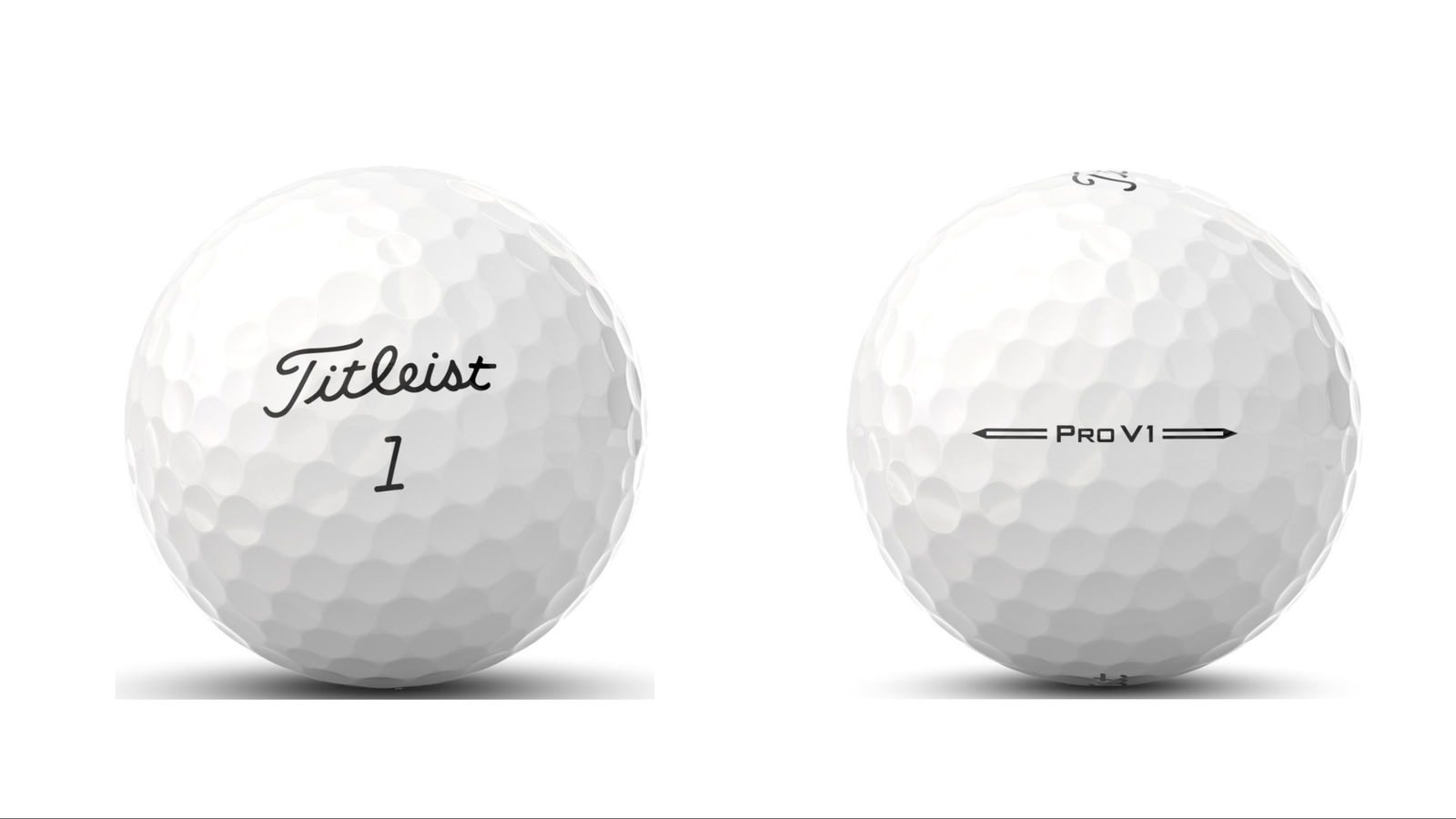
Titleist Pro V1/Pro V1x
Price: £49.99
Construction: Three-piece/four-piece
The yardstick by which all other golf balls are measured, Titleist's Pro V1 remains a top contender in the golf ball market, offering exceptional all-around performance. The Pro V1 and its variants, the Pro V1x and limited models like the Pro V1 left dash and left dot, are by far the most-played balls on Tour, thanks to their impressive design and track record of constant updates over the last two decades.
Still central to the Pro V1 and Pro V1x experience are their high-gradient cores, boosting speed and reduces spin on long irons, while the soft cast urethane cover provides excellent control on approaches and greenside shots.
Overall, the Pro V1 is perfect for golfers seeking elite distance, spin, and workability with a soft feel, while its sibling the Pro V1x has a higher launch, slightly firmer feel and generates even more greenside spin.
Favoured by Scottie Scheffler and Max Homa, the Pro V1 is pricey, but well worth the investment.
READ OUR FULL 2025 TITLEIST PRO V1/PRO V1x REVIEW
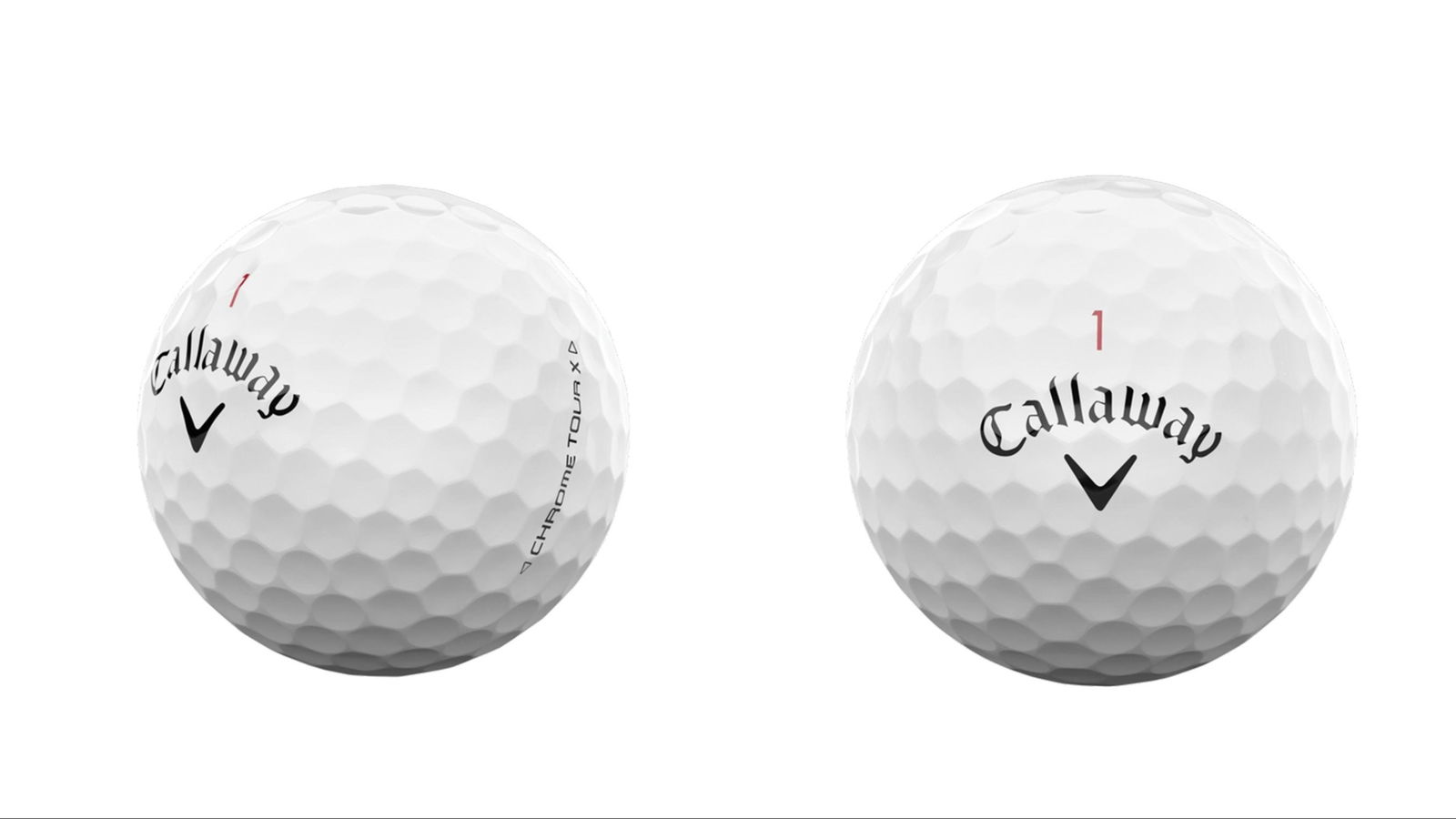
Callaway Chrome Tour/Chrome Tour X
Price: £44.99
Construction: 4-piece
The raw data suggests that Callaway's pair of Chrome Tour models might be the best performing balls on the market right now, both routinely topping industry tests in both raw ball speed and spin.
Designed for a more balanced blend of feel and control, the Chrome Tour is among the spinniest balls available around the greens, with a wonderfully soft feel off the face that'll fill players with confidence.
Ideal for players with swing speeds over 105mph, both the Chrome Tour X and the Chrome Tour Triple Diamond delivers blistering ball speeds, low long game spin, with soft feel and excellent short game spin rates, or as we like to call it the perfect golf ball for 300 yard bombers.
Used by a host of Callaway's staff players like Jon Rahm, Xander Schauffele and Min Woo Lee, both models are up there as the most impressive golf balls we've seen for some time.
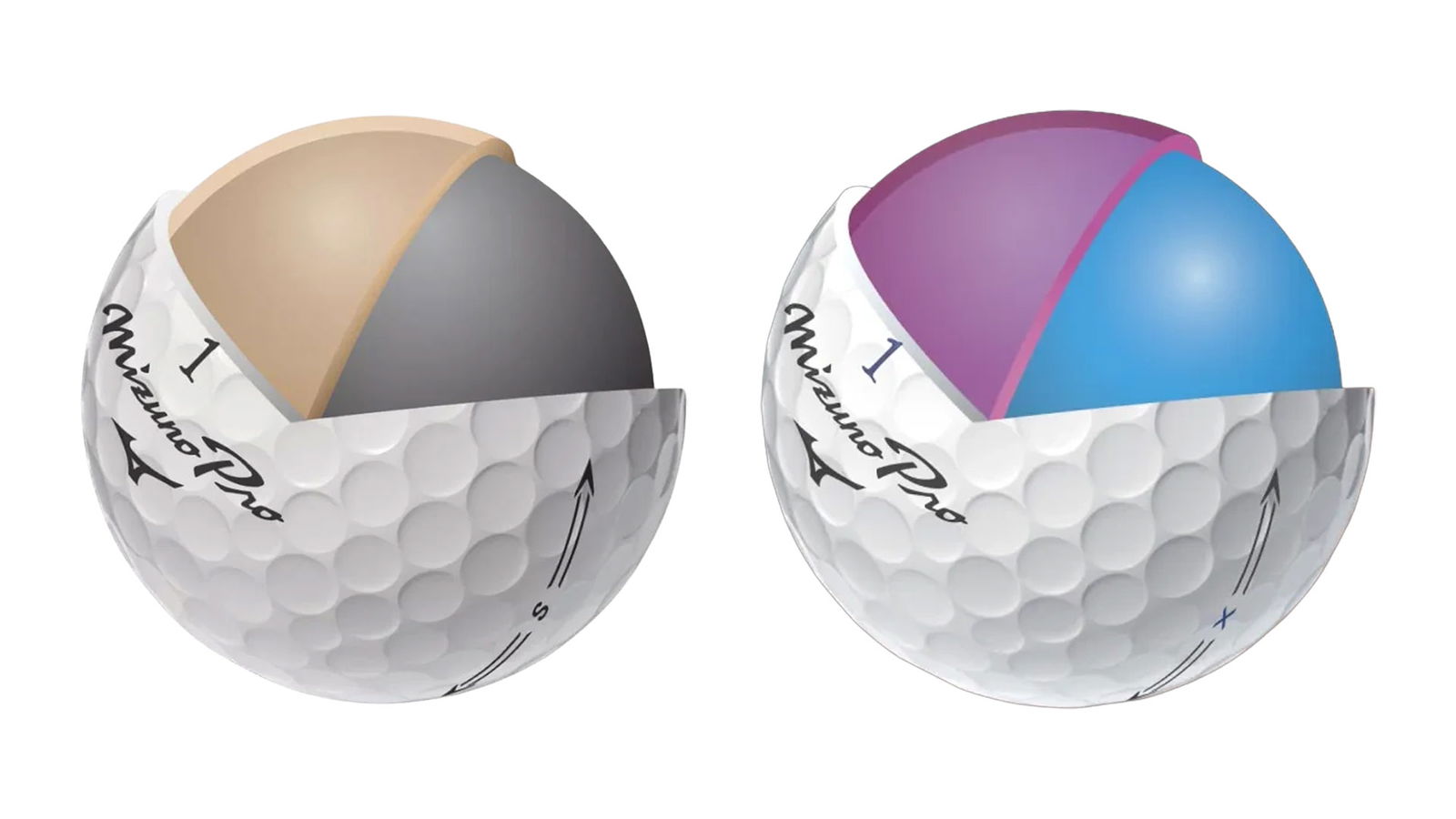
Mizuno Pro S & Pro X
Price: £39.99
Construction: 3-piece
Leaning on a legendary name in Mizuno's stable, the Pro ball range was the biggest surprise package of our 2025 ball test.
The higher-flying, higher-spinning and slightly firmer Pro X went toe for toe with the TP5 X and Pro V1x in terms of ball speed and distance, while delivering plenty of control and feel around the greens.
The Pro S, meanwhile, is softer and slightly lower launching, with a medium trajectory off the tee and a cushioned feel around the greens.
While both delivered impressive data in the simulator, we found them ever-so-slightly lacking compared to their competitors in real-world course conditions.
Given they're priced £10 cheaper for a dozen than their Titleist equivalents, however, we think they represent outstanding value.
READ OUR FULL MIZUNO PRO X AND PRO S REVIEW
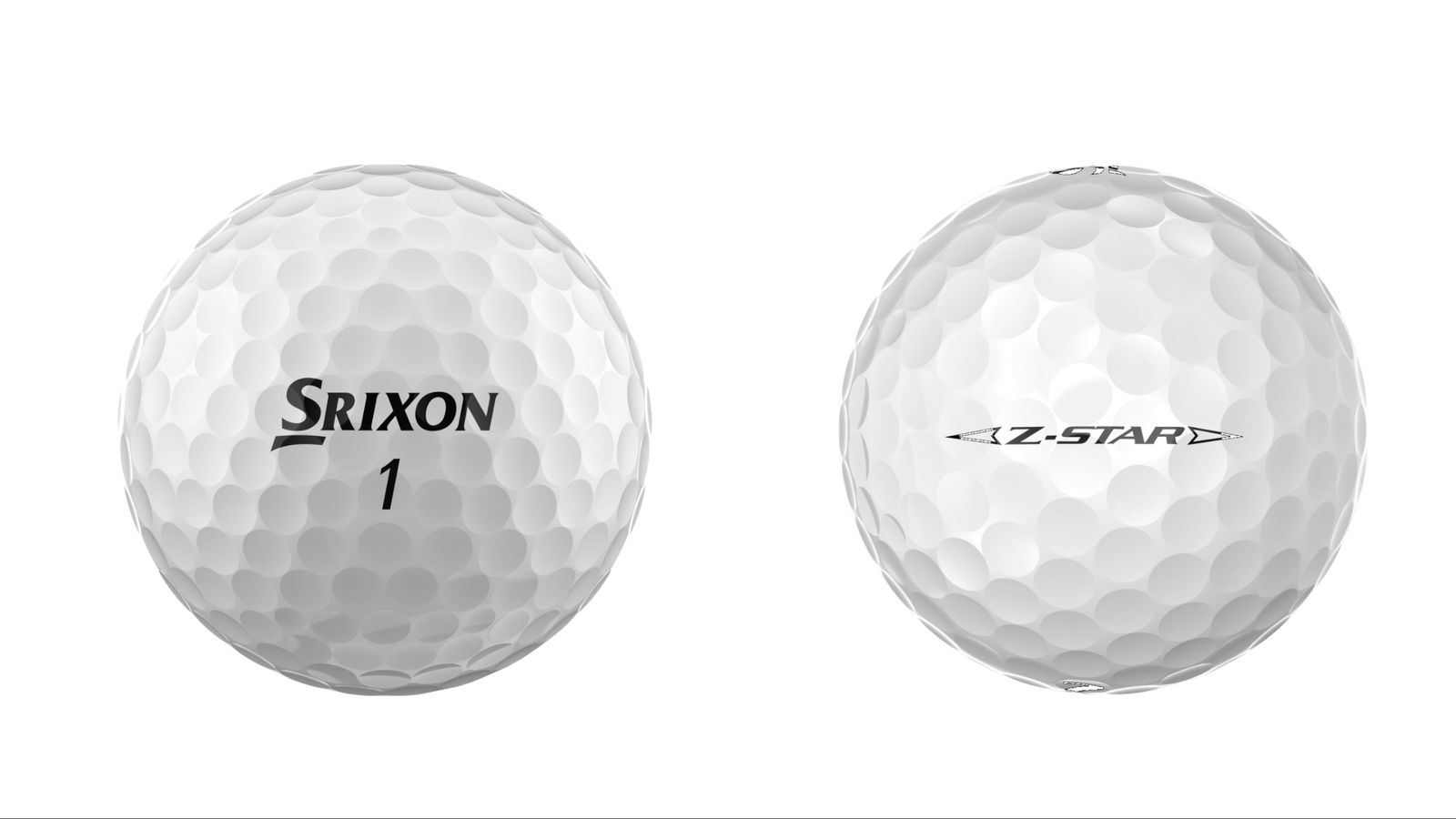
Srixon Z-Star/Z-Star XV/Z-Star Diamond
Price: £39.99
Construction: Three-piece
Offering an ideal balance of spin, feel and spin, Srixon's Z-Star line is an perfect fit for medium to high swing speed players in pursuit of true tour level performance.
Benefiting from Srixon's Spin Skin+ cover which digs deeper into the grooves, all three Z-Star offers bags of greenside spin and excellent feel on more delicate shots. The standard Z-Star is the softest and most balanced of the three, with the Z-Star Diamond and Z-Star XV delivering progressively lower ball flight, more distance and a firmer feel.
READ OUR FULL SRIXON Z-STAR REVIEW
The best golf balls for mid handicap golfers
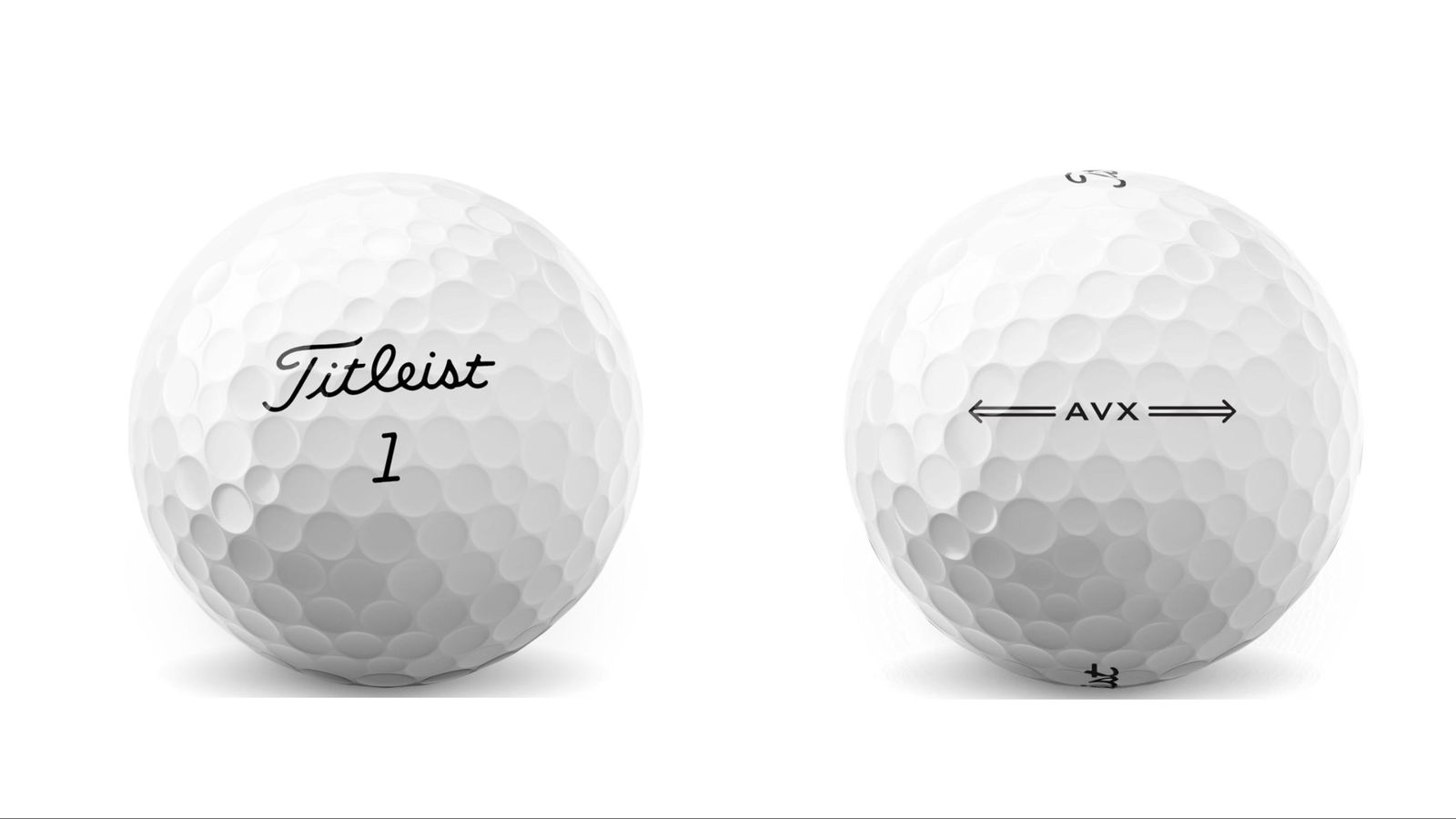
Titleist AVX
Price: £39.99
Construction: Three-piece
The Titleist AVX quickly became a favourite during testing, offering everything you'd expect from a premium golf ball.
Ideal for mid handicap players, the AVX delivers low spin in the long game while still providing high spin and a soft feel on shorter shots, thanks to its 3-piece construction and urethane cover.
Its reformulated core and high-flex casing produce high ball speed and low spin, making it a distance powerhouse for players with high swing speeds.
Coming in slightly cheaper than the Pro V1, the AVX also offers excellent value.
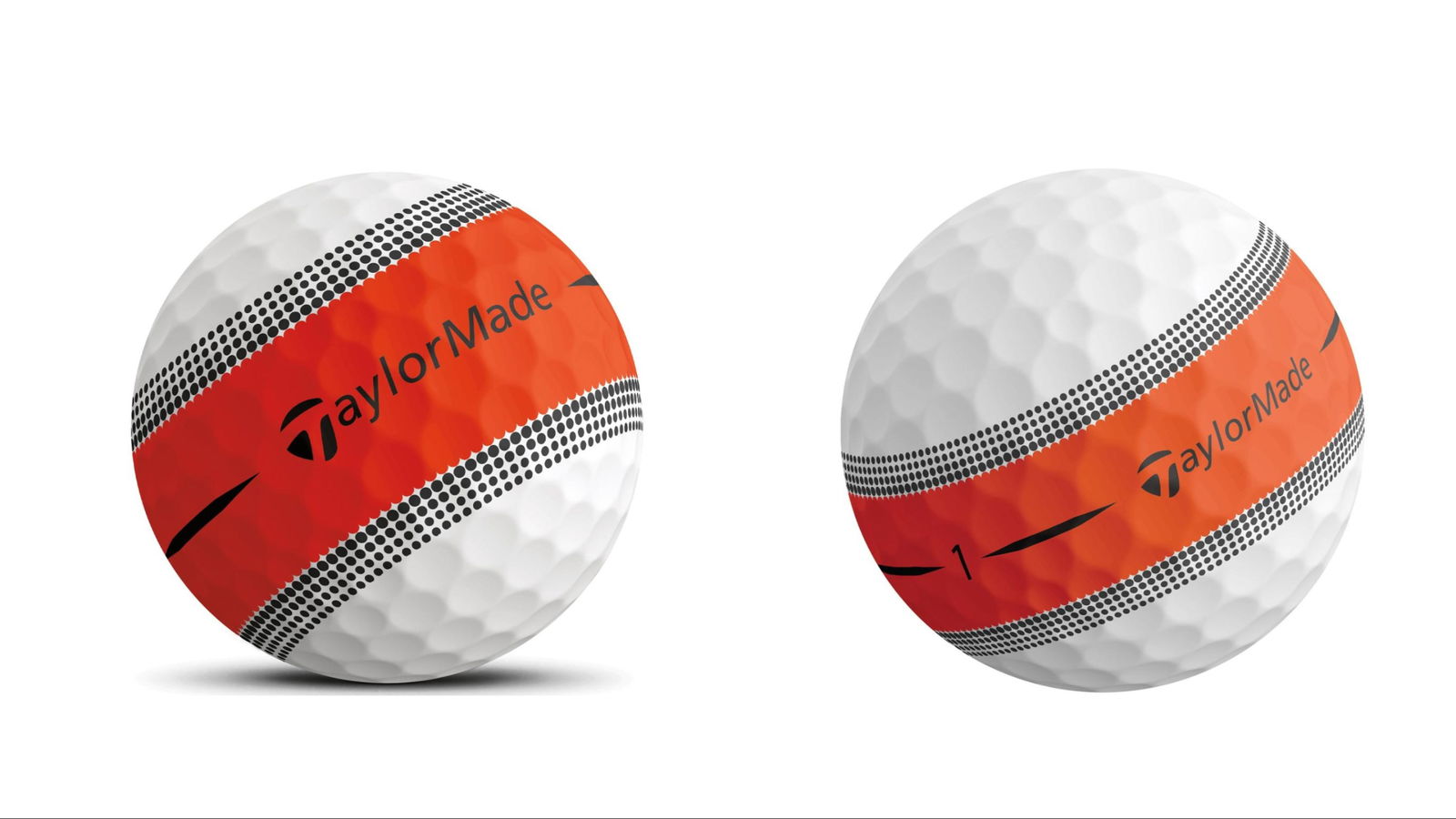
TaylorMade Tour Response
Price: £39.99
Construction: Three-piece
Sitting between the TP5 and the brand's entry-level two piece balls, TaylorMade's Tour Response is one of the best mid-priced balls, offering much of the tech found in the TP5 at a lower cost. With a 70-compression core and urethane cover, it provides a far softer feel across the bag than the TP5, while still generating excellent spin on short approaches and chips.
Off the tee, it delivers solid distance for moderate swing speeds, and even with faster swings, performance remains consistent.
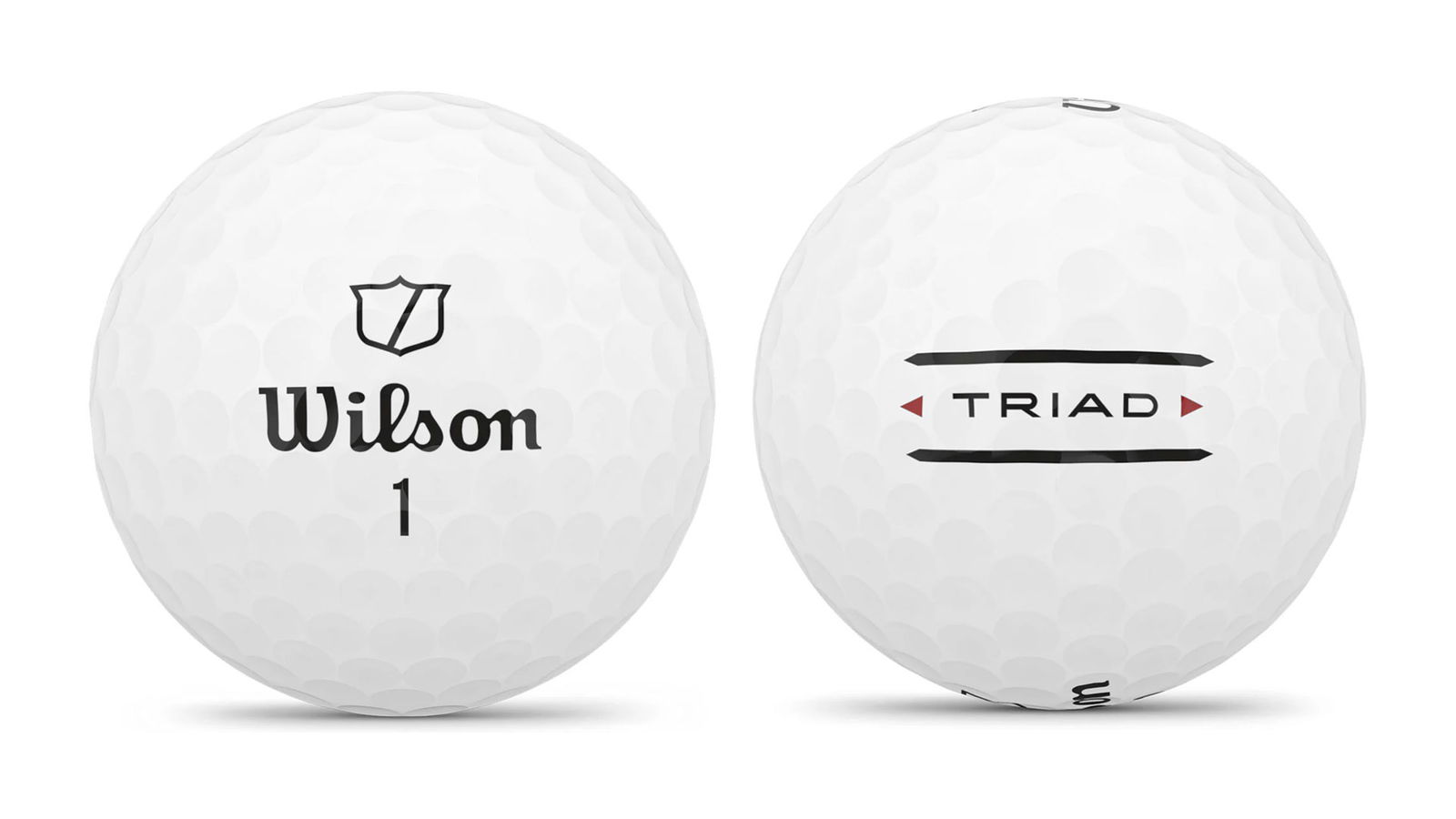
Wilson Triad
Price: £32.99
Construction: Three-piece
One of the best value balls we've tested thus far in 2025, Wilson's Triad is a true all-rounder, delivering a great mix of spin, lower compression soft feel for more moderate swing speeds and lots of distance.
As far as a golf ball goes, it's as close to a one-size-fits-all solution as you'll see on the market, both able to keep up with the demands of better players while being long, soft and forgiving enough to not get out of control when hit by a beginner.
The Triad also fantastically priced given its performance, making this Wilson entry a welcome one into its line-up for the 2025 season.
Best golf balls for beginners and high-handicap golfers
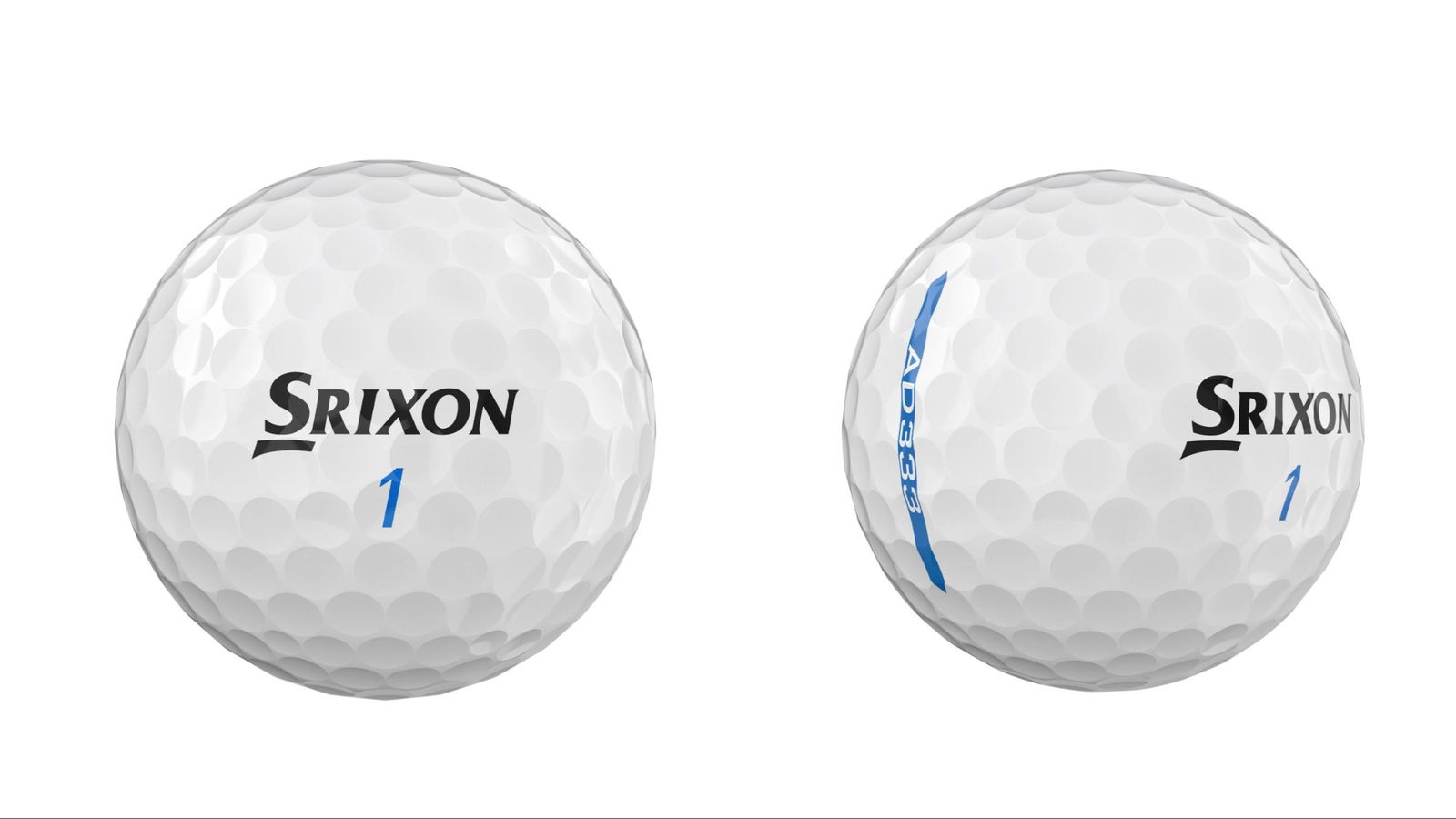
Srixon AD333
Price: £19.99
Construction: Two-piece
Perhaps the perfect golf ball for the high handicap golfer, the Srixon AD333 deserves a place in every aspiring golfer's bag. With nine generations behind it, the AD333's longevity speaks to its solid performance.
Incorporating technology from Srixon’s premium balls, the AD333 offers value and performance for a wide range of golfers. Its reformulated FastLayer Core provides excellent forgiveness, while the SpinSkin+ delivers great feel and stopping power around the greens.
At just £22.99, the AD333 is one of the best-value golf balls available, making it a reliable choice for beginners starting their golf journey.
READ OUR FULL SRIXON AD333 REVIEW
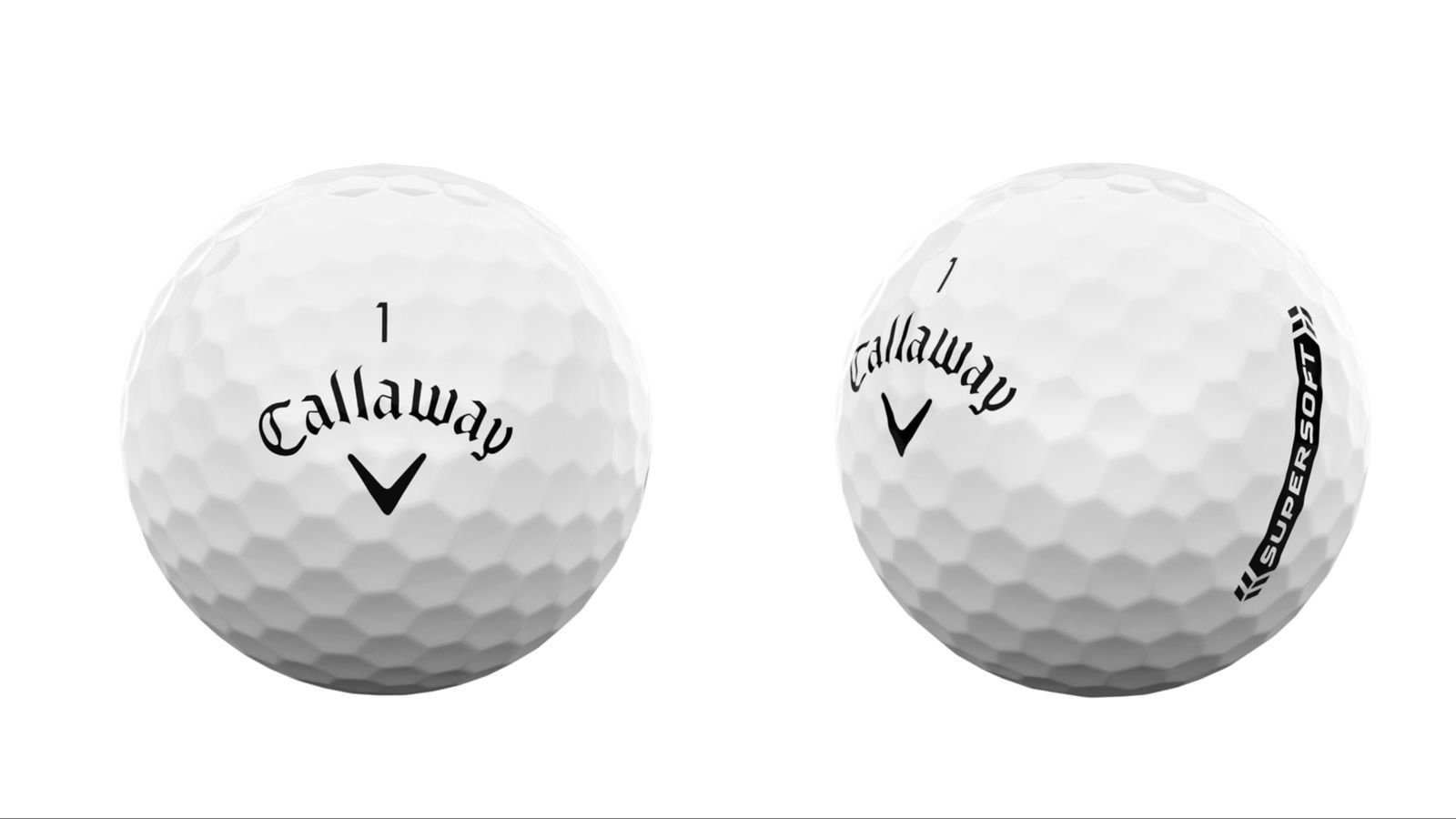
Callaway Supersoft
Price: £24.99
Construction: Two-piece
The Callaway Supersoft is a popular, value-packed golf ball known for its long, straight flight and super soft feel.
Its 2-piece design features a HyperElastic SoftFast Core that boosts ball speed while maintaining a soft touch. The hybrid cover and hex aerodynamic dimple pattern offer great feedback on wedge shots, along with a nice feel and sound when putting.
While we weren’t fans of the shallow dimple pattern, the black-backed Supersoft logo serves as a great alignment aid.
Overall, the Supersoft is a fantastic choice for beginners, offering performance and ease of play at an affordable price.
What are the main differences between two-piece and multi-layer golf balls in terms of performance?
Two-piece
Primarily designed for beginner golfers, 2-piece golf balls are designed for distance and durability. Typically firm and hard-wearing, they lack the control and feel of a multi-layer construction but tend to come in at a much more affordable price point.
Pros
- Distance: A large firm core is designed to optimise energy transfer for maximum carry distance, while typically firm, 2-piece balls will also achieve excellent roll-out on fairways.
- Durability: A thicker outer cover is hard-wearing against mis-hits and rough terrain.
- Affordability: Less expensive to manufacture than a multi-layer ball, 2-piece balls are cheaper to purchase, making them ideal for beginners.
Cons
- Less Spin: With fewer layers to interact with one another 2-piece balls generate less spin than multi-layer balls making them less workable and at times harder to control through the air and on the green.
- Less Feel: Due to their firm nature, 2-piece balls tend to lack the soft feel and responsiveness on short chips and putts.
Multi-Layer
Multi-layer balls offer a broader range of characteristics thanks to a series of layers that interact with each other to create spin, feel and distance. The preferred choice for professionals and more experienced golfers, a multi-layer ball offers more control and workability, at a higher price.
Pros
- Workability: The combination of different layers enables better players to execute various shots more effectively, multiple layers are designed to optimise different aspects of ball flight and spin rates.
- Feel: A softer core contributes to a more responsive feel upon impact, providing beneficial feedback for touch and control around the greens.
- Precision: Multi-layer balls provide better control and feel compared to two-piece balls. The layers in the ball work together to create spin and trajectory control, with various layers working together
Cons
- Price: As a result of a more complex manufacturing process with more expensive materials, multi-layer constructions are more expensive than 2-piece balls, with some retailing at close to £50.
- Durability: Due to the increased number of layers, the outer coating of a multi-layer ball tends to be slightly thinner than a 2-piece construction. This thinner outer layer is also usually made from urethane which is a softer, more responsive material. As a result, multi-layer constructions tend to be less durable and more prone to scuffing or scratches.
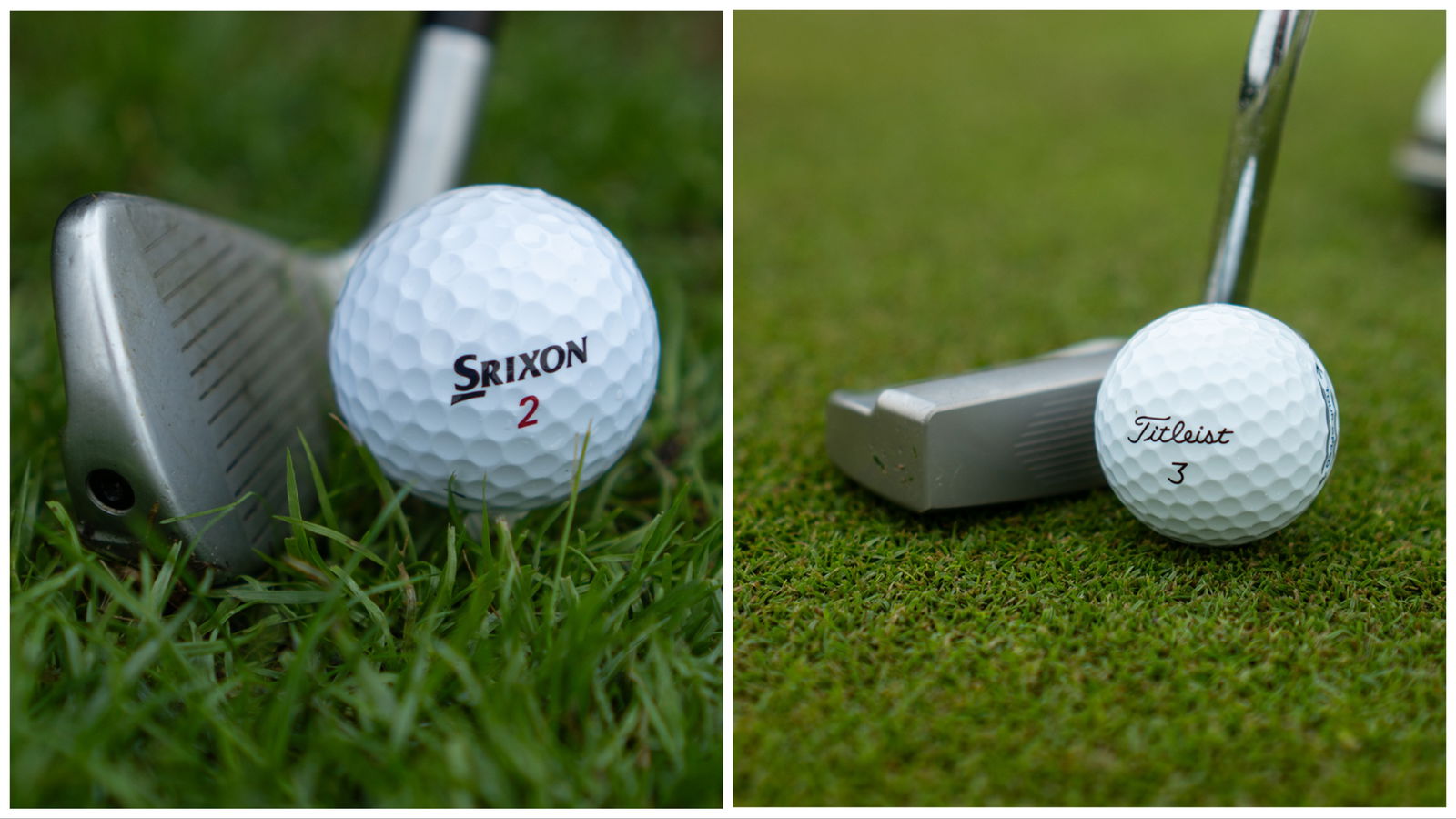
How do different swing speeds affect your choice of golf ball?
A golf ball's suitability to a certain speed of swing largely comes down to its level of compression. Compression refers to the degree of hardness or softness of a ball's core. Each ball is given a rating that indicates how much the ball compresses at impact, with balls ranging from a compression score of 40 to upwards of 100. A golf ball with a higher compression rating is considered to be harder, while a ball with a lower compression rating is softer.
Compression affects the transfer of energy from the club head to the ball during the swing. A higher compression ball requires more force to compress, resulting in less deformation and a greater transfer of energy. This typically leads to a higher ball speed and potentially longer distance, making high-compression balls suitable for players with faster swing speeds.
On the other hand, lower compression balls are easier to compress, especially for players with slower swing speeds. They tend to provide a softer feel and more control, as they deform more upon impact, allowing for better greenside spin and accuracy. These balls are better suited for beginners, seniors, or those with lower swing speeds.
Why do golf balls vary so much in price, and are premium golf balls worth it?
Price is vital to consider when purchasing any piece of golf equipment, and golf balls are no different. With a dozen balls ranging from £12 to £50, it's difficult to know how much to spend to suit your needs.
As a rule of thumb, the greater the cost the greater performance, but that's not to say those beginner golfers should immediately go out and buy a dozen Titleist Pro V1s to help them before their first round of golf.
For golfers who tend to lose a few balls per round, buying the most expensive model on the market can leave you with a rather large bill at the end of the season. With a wide selection of mid-priced balls that produce excellent performance, we recommend beginners and higher handicappers stick to a slightly cheaper ball, which will leave a slightly smaller hole in your pocket when you come to pay.
Alternatively, low-handicap players lucky enough to consistently keep the same ball for a whole round would be well advised to choose a premium price ball that will offer all of the performance benefits you would desire from an elite-level model. The TaylorMade TP5 or Titleist ProV1 are both excellent choices trusted by the best golfers in the world.
How do balls with different spin rates affect performance?
Perhaps the most important factor to consider when purchasing golf balls is their spin characteristics. Different swing speeds will generate different levels of spin, so finding a ball to match your speed will produce optimal performance, while the wrong ball could drastically affect both accuracy and distance.
High spinning balls
A high-spinning golf ball is characterised by a soft cover, multi-layer construction, and a dimple pattern that promotes enhanced aerodynamics.
The soft cover material allows the clubface grooves to grip the ball, creating more friction and spin upon impact. The multi-layer design, typically consisting of a soft core and intermediate layer, enhances the ball's ability to compress and generate spin, particularly on iron and wedge shots.
The dimple pattern improves the ball's lift and stability, maintaining spin during flight. High-spinning golf balls offer better greenside control and stopping power, thanks to their ability to generate significant backspin. They also provide a softer feel and increased shot feedback upon impact.
Often best suited to players with low to moderate swing speeds, a higher-spinning ball's performance may begin to drop off for players who generate a lot of speed at impact.
Low spinning balls
Low-spinning golf balls are designed to minimise spin for maximum distance and a flatter trajectory. While they may sacrifice some greenside control and stopping power, they excel in providing long carries and roll-outs off the tee. Golfers with faster swing speeds or those looking to optimise distance are often better suited to a lower-spinning ball.
Like most golf equipment, there are no definitive rules as to which ball is best suited for your game. While low and high-spinning balls offer their own specific set of characteristics, we would always advise testing a variety of different options to see which one fits you best.
Check out our full range of golf equipment and apparel guides below:













